Many people believe that any dog growl aggressive, however there are many different reasons why your dog may be growling and snarling. Read our guide to find out the different types of dog growl and what most dogs means by them.
Play Growls
Growling is a common behaviour among dogs and often it can be mistaken as a sign of aggression. However, it's essential to understand that growling isn't always a warning sign.
In fact, in some cases, growling may indicate that your furry friend is merely engaging in playful behaviour! Dogs may growl during playtime to show their enthusiasm or excitement.
If you observe that your dog is wagging its tail while growling, it's a good indication that they are enjoying themselves. It's important to remember that a dog growling may be their way of communicating, but it's essential to pay attention to other body language clues to understand their true intentions.
So next time your pup growls during playtime at the dog park, don't be quick to assume they're being an aggressive dog; they might just be having a good time!
Potential Causes of Dog Growls
As dog owners, we know that growls are not uncommon in our furry companions. However, growls can sometimes indicate a deeper issue - one that should not be ignored.
It's important to understand the potential underlying causes that trigger a dog's growl. One possible factor is fear or anxiety.
Dogs may growl when they feel threatened or uncomfortable. Another reason for growling can stem from aggression or territorial behaviour.
In these cases, it's important to seek help from a professional dog trainer or behaviourist to avoid potential danger.
Health issues such as pain or illness can also cause a dog to growl. Understanding the potential causes of dog growls can help owners identify and address any underlying issues and create a happier, healthier life for their canine companions.
According to canine experts from LabraJoy, over 60% of Labradors snore, which, akin to growling, could be indicative of underlying health issues or environmental factors.
This insight emphasizes the importance of paying attention to all aspects of a dog's behaviour and health, including those that occur during sleep.
How To Spot The Difference Between a Fight & Play In Dogs

As a dog owner, it's important to understand the difference between play and aggression in dogs.
While play may involve chasing, mouthing, and wrestling, a fight can quickly escalate into more dangerous behaviours like biting and growling.
To spot the difference, pay attention to your dog's body language whilst it plays with other dogs. Dogs at play will often have relaxed body postures, wagging tails, and open mouths. On the other hand, dogs in a fight may have stiff bodies, raised fur, and narrowed eyes.
It's also important to consider context. If your dog and other dogs have just met and are getting to know each other, they may playfully roughhouse as a way of getting to know one another.
However, if you notice one dog is growling more aggressively, consistently initiating the rough play and not allowing the other to disengage, it's important to intervene before it turns into a serious fight.
How To Tell The Difference Between Different Types Of Growl
As every dog owner knows, dogs communicate in many different ways, and the growl is one of their most common vocalisations.
However, not all growls are created equal: some are friendly, some are warning signs, and some are downright aggressive.
To the untrained ear, it can be difficult to tell the difference between these different types of growls. But with a little bit of knowledge and practice, anyone can learn to decode their dog's growling language.
From the pitch and tone of the growl to the body language on display and other contextual clues, there are many subtle cues to look for that can help you differentiate between a happy growl and a dangerous one.
With practice, patience, and a little bit of help from a professional dog trainer or behaviourist, you can become an expert at deciphering your dog's vocalizations, and develop a deeper understanding of their needs and emotions as a result.
Create A Distraction With Noise Or Water
We all know that growling is a natural way for our furry friends to communicate. However, when that growling becomes excessive, it can be both disturbing and frightening.
Fortunately, there are a few tricks you can use to distract your dog and help them calm down. One effective method is to create a distracting noise or water source.
For example, turning on a white noise machine or playing calming music can help your dog focus on something other than the source of their anxiety, while spraying a gentle mist of water can break their concentration long enough to calm down their growling.
With a bit of patience and experimentation, you can help your dog overcome their excessive growling and enjoy a peaceful coexistence in your home.

What is Stress Growling?
When dogs growl, they're communicating a range of different emotions, from fear to aggression.
One of the most commonly misunderstood reasons for growling, however, is stress. Stress growling happens when dogs feel overwhelmed or anxious, and it's often a warning signal to others that they need space.
This type of growling can happen for a number of reasons, such as loud or sudden noises, unfamiliar people or dogs, or even changes in routine.
Fortunately, there are things owners can do to help alleviate their dog's stress, such as giving them access to a safe, quiet space, providing plenty of exercise and mental stimulation, and using positive reinforcement training methods.
By understanding why dogs growl when they're stressed, owners can take proactive steps to help their furry friends feel more comfortable and secure.
Steps to Address The Dog Growling Behaviour
Addressing dog growling behaviour requires a proactive approach that addresses the underlying causes of the behaviour.
It's important to understand that dogs growl as a warning sign when they feel threatened, anxious, or fearful.
The first step towards addressing this behaviour is to identify the trigger that sets off the growling. This could be a specific noise, object or person. Once identified, work on desensitizing the dog to these triggers by slowly introducing them in a controlled environment.
Additionally, training, socialization and reinforcement techniques can be employed to teach your pooch that growling is not the acceptable response.
Remember that dog growling is a natural behaviour and can be managed through proper training and consistent reinforcement of positive behaviour.
FAQ
Why do dogs growl?
When a dog growls, it's their way of communicating their feelings and it can indicate a range of emotions such as fear, aggression, and dominance.
What are the most common reasons why dogs growl?
It is important to understand that dogs growl for various reasons, including fear, excitement, or discomfort.
Often times, dogs will growl as a warning signal, letting their owners know that they feel threatened or uncomfortable in certain situations. For example, a dog may growl when they are approached by a stranger or another aggressive dog.
In other cases, dogs may growl when they are playing or simply excited. It is essential for dog owners to recognize the context in which their furry friend is growling and take appropriate action to prevent any potential harm and to help their dog relax.
Is it always a bad thing when a dog growls?
Contrary to popular belief, a growl isn't always a negative sign or a sign of aggression - in fact, it's often just their way of communicating during rough play. Body language and context is the best way to tell if your dog's growling is bad or not.
How can I tell if my dog is growling out of fear or aggression?
If your dog is cowering or showing signs of submission, it's likely fear-based. An aggressive growl, on the other hand, is often accompanied by a tense body, erect ears, and a raised tail.
Additionally, fear growling may be accompanied by whining or whimpering while aggression growling may be accompanied by baring teeth and lunging.
What should I do if my dog growls at me?
First and foremost, it's crucial to not punish or yell at your growling dog.
Growling is a warning signal that they are feeling uncomfortable or scared, so punishing them for expressing their discomfort will only make things worse.
Instead, calmly assess the situation and try to identify the trigger of their discomfort. Are they in pain? Are they protecting their food or toys? Are they feeling threatened? Once you have identified the cause, work to address it and create a safe and comfortable environment for your dog.
It's also important to consult with professional dog trainers or behaviourist if the behaviour continues. Remember, understanding and respecting your dog's communication is key to a happy and healthy relationship.
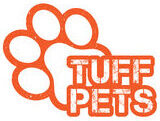
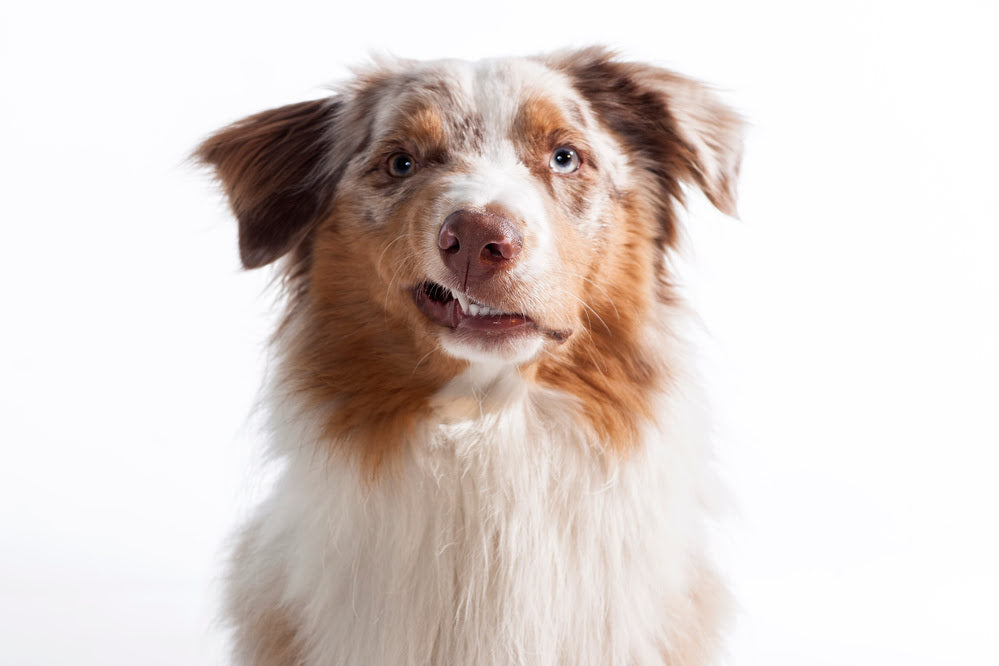
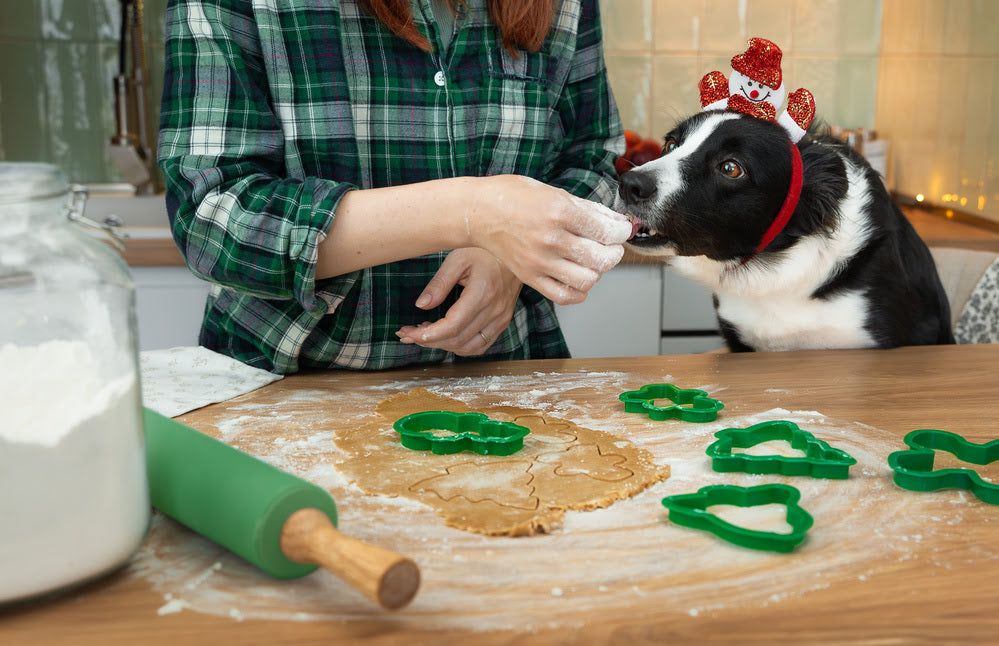
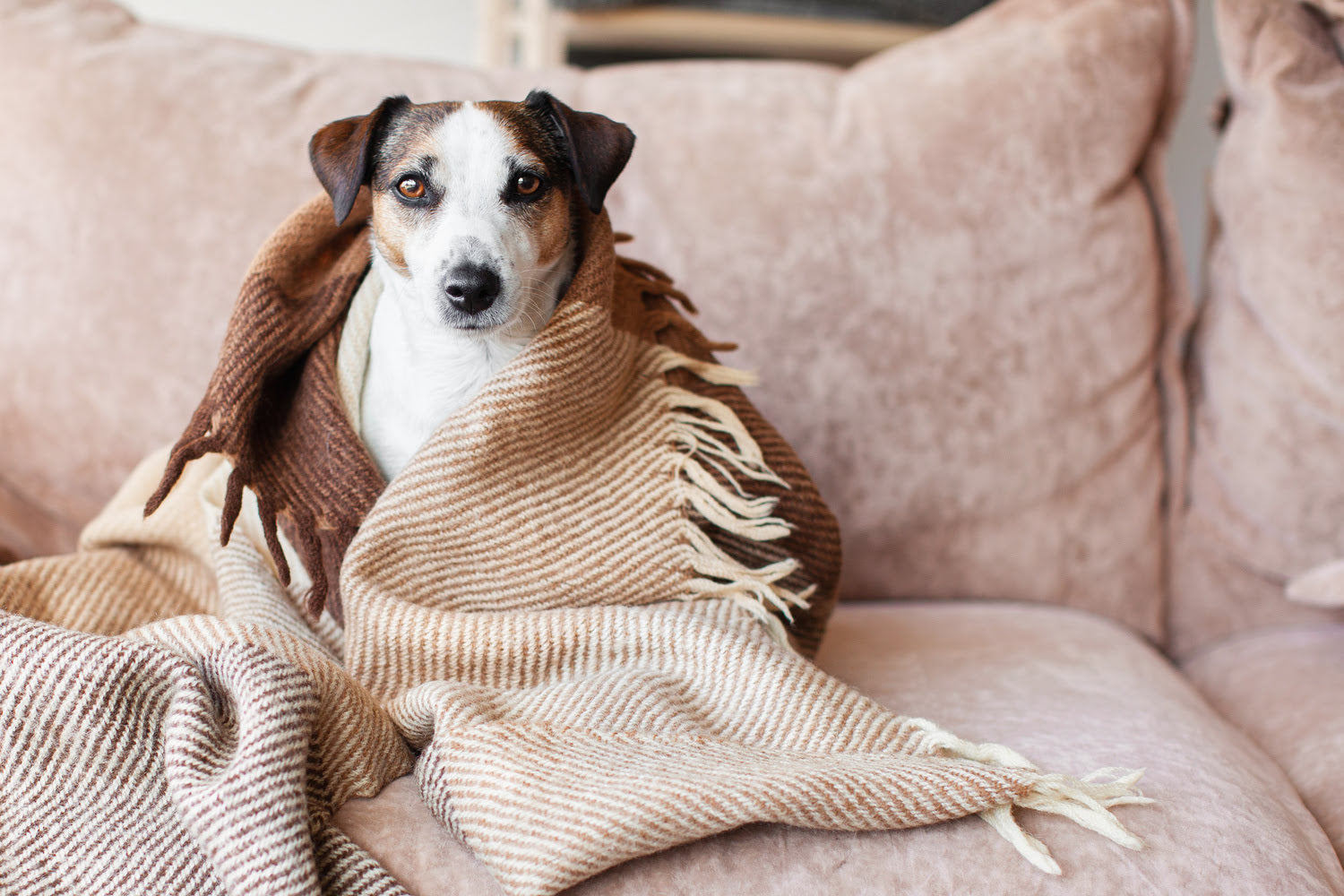
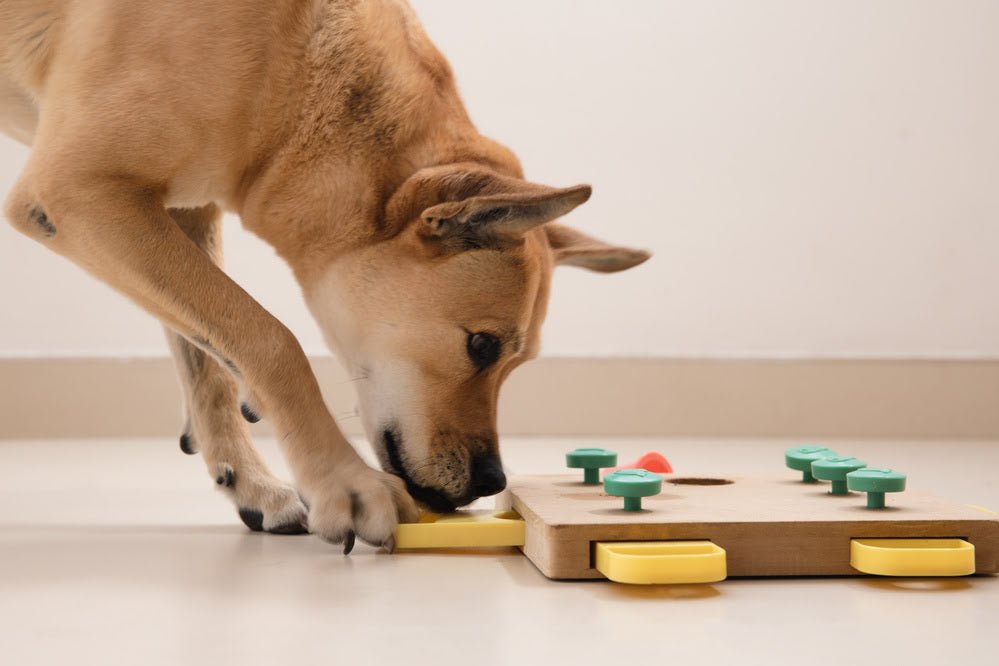
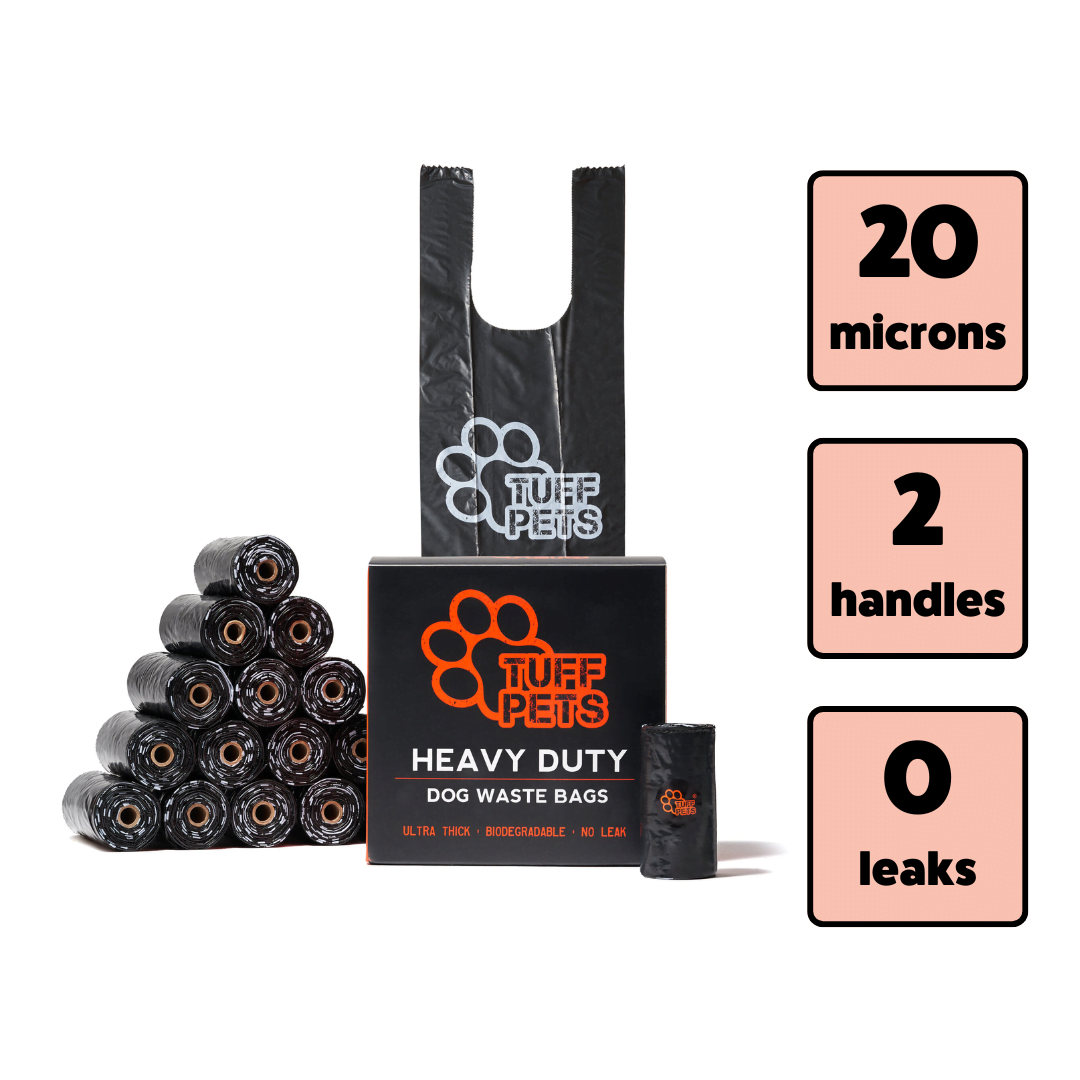
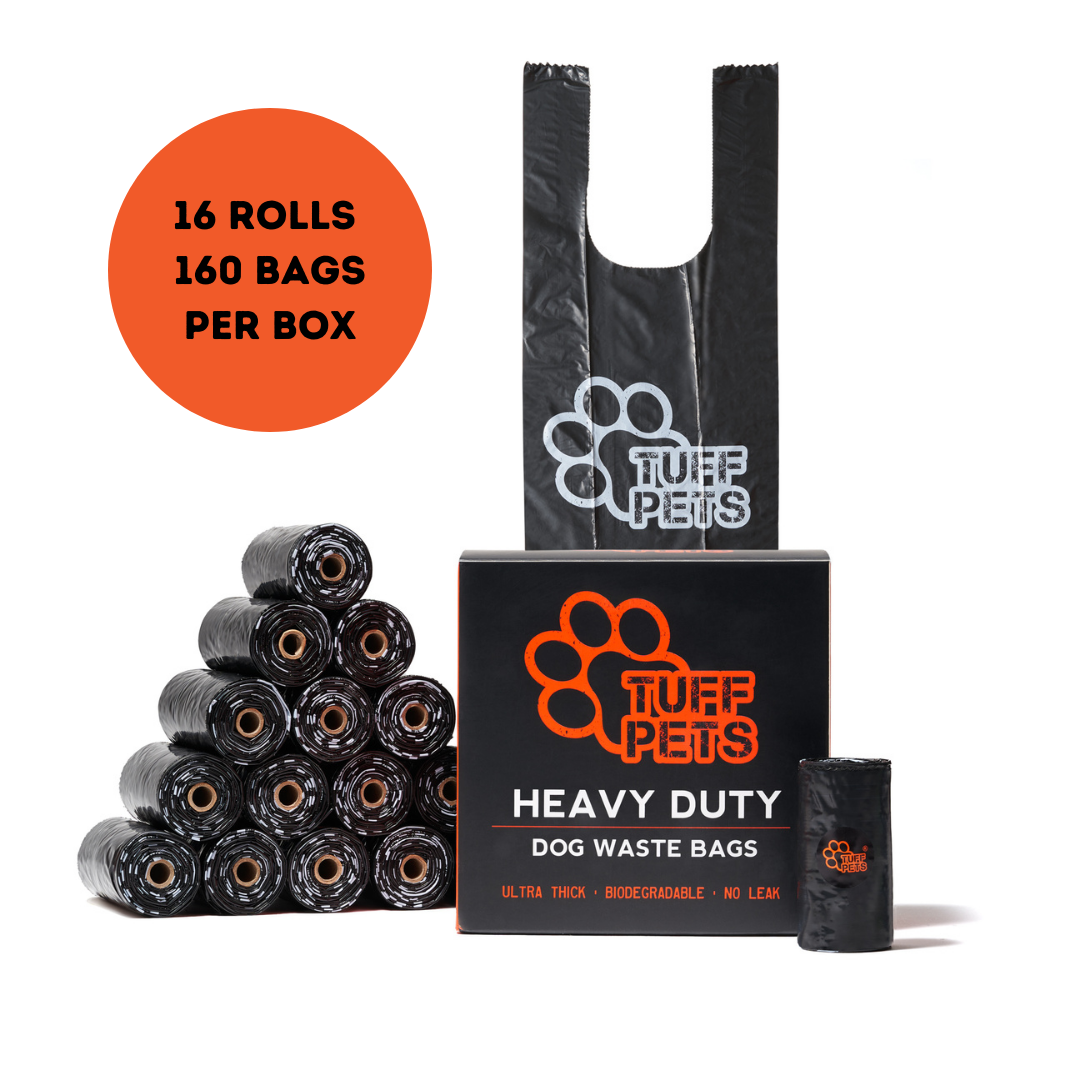
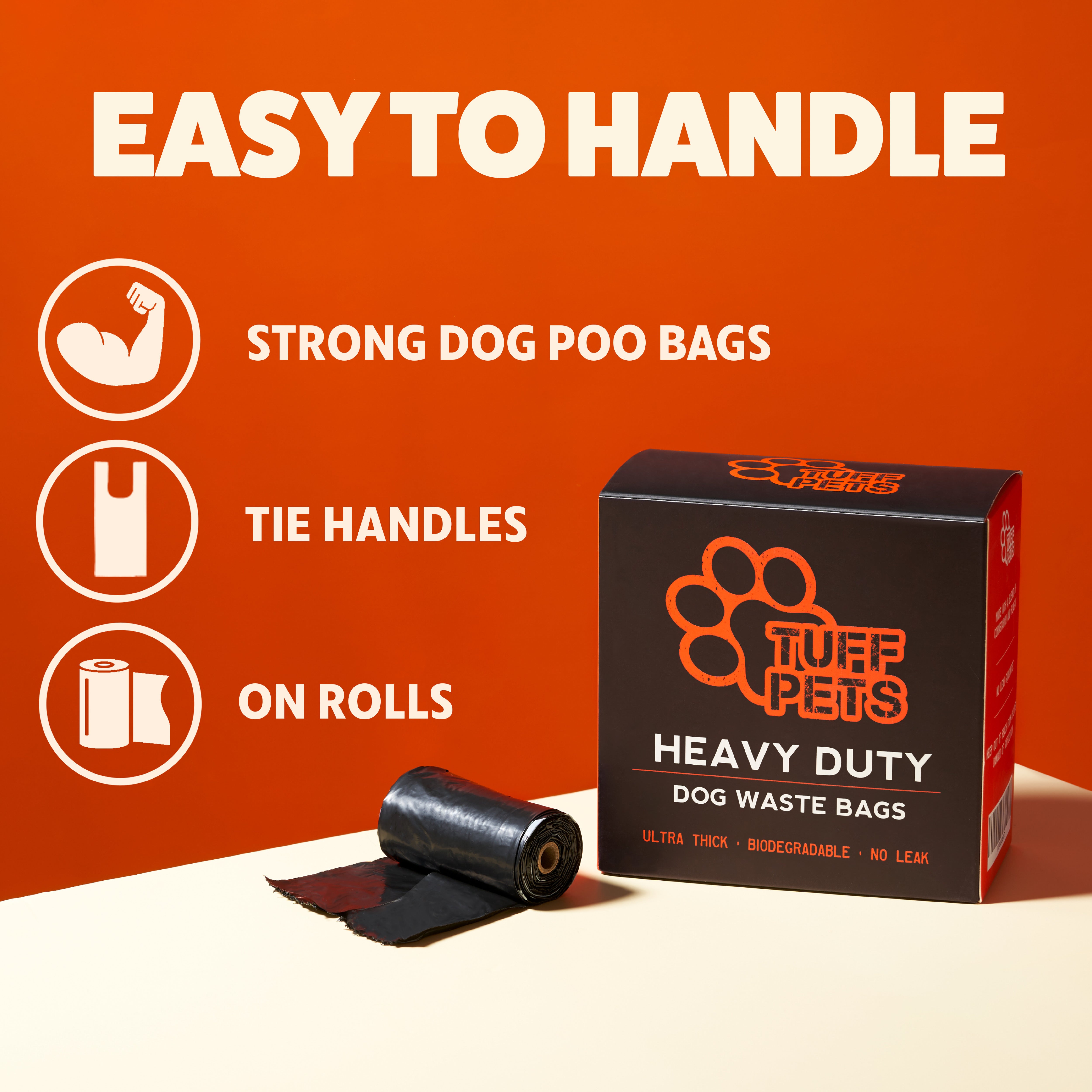
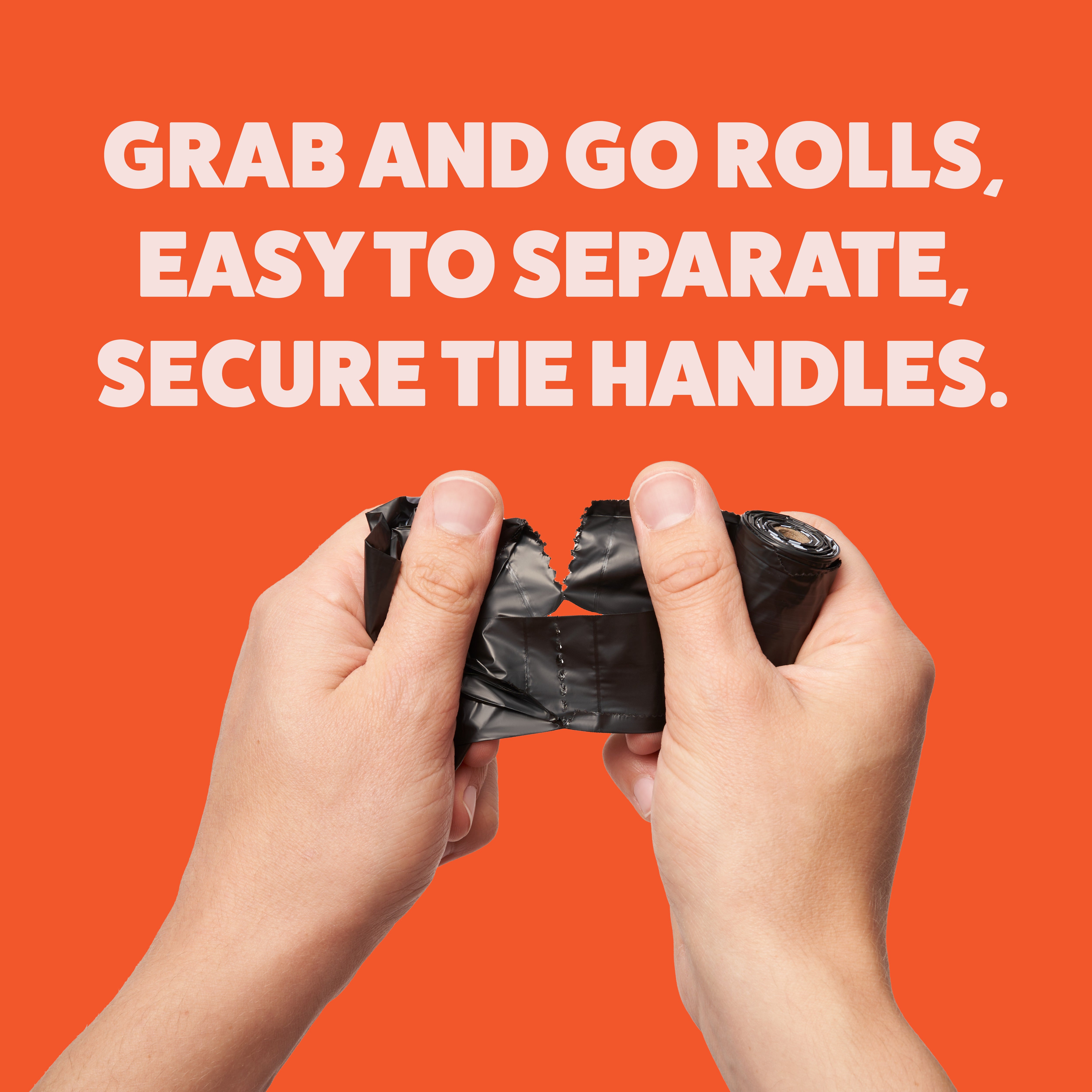
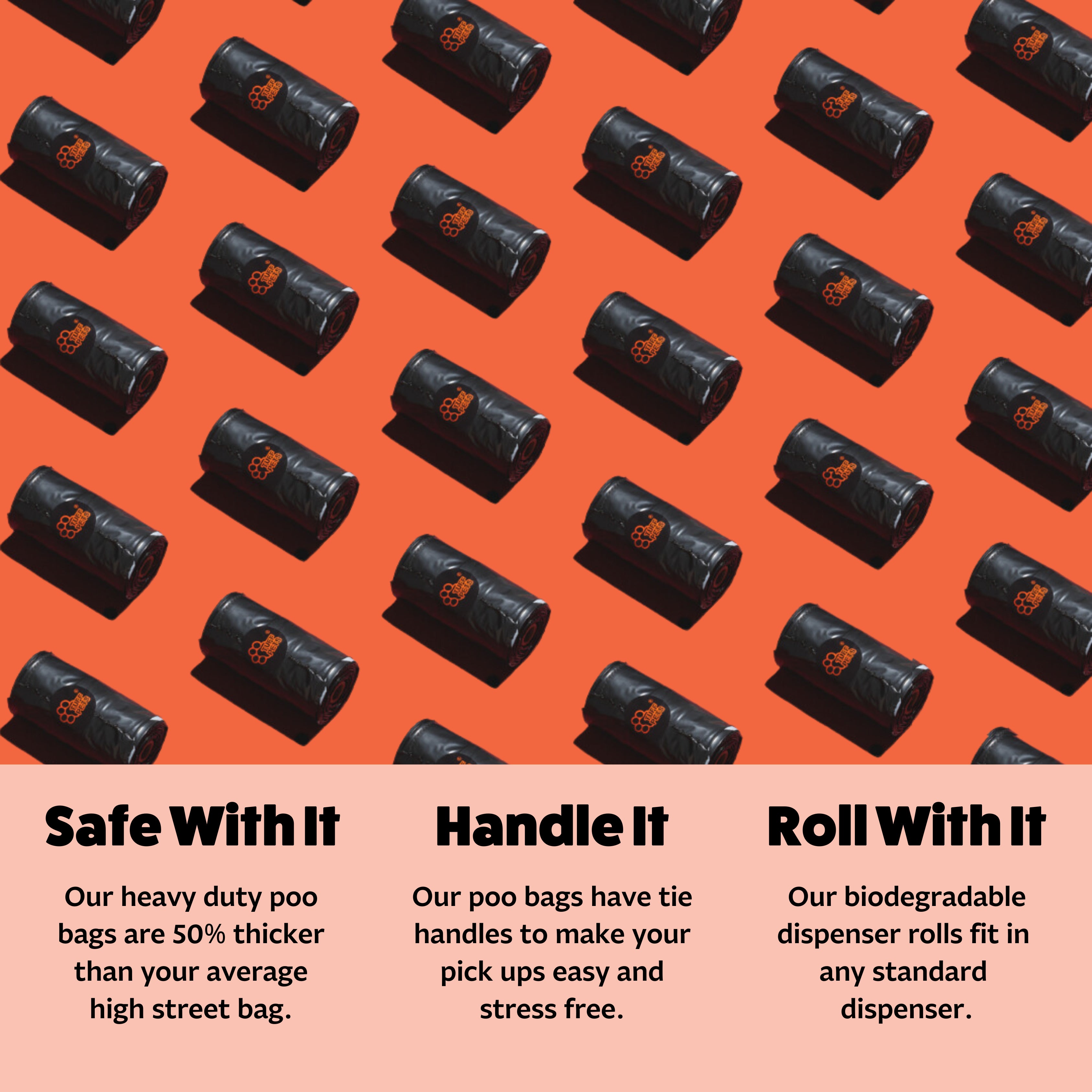
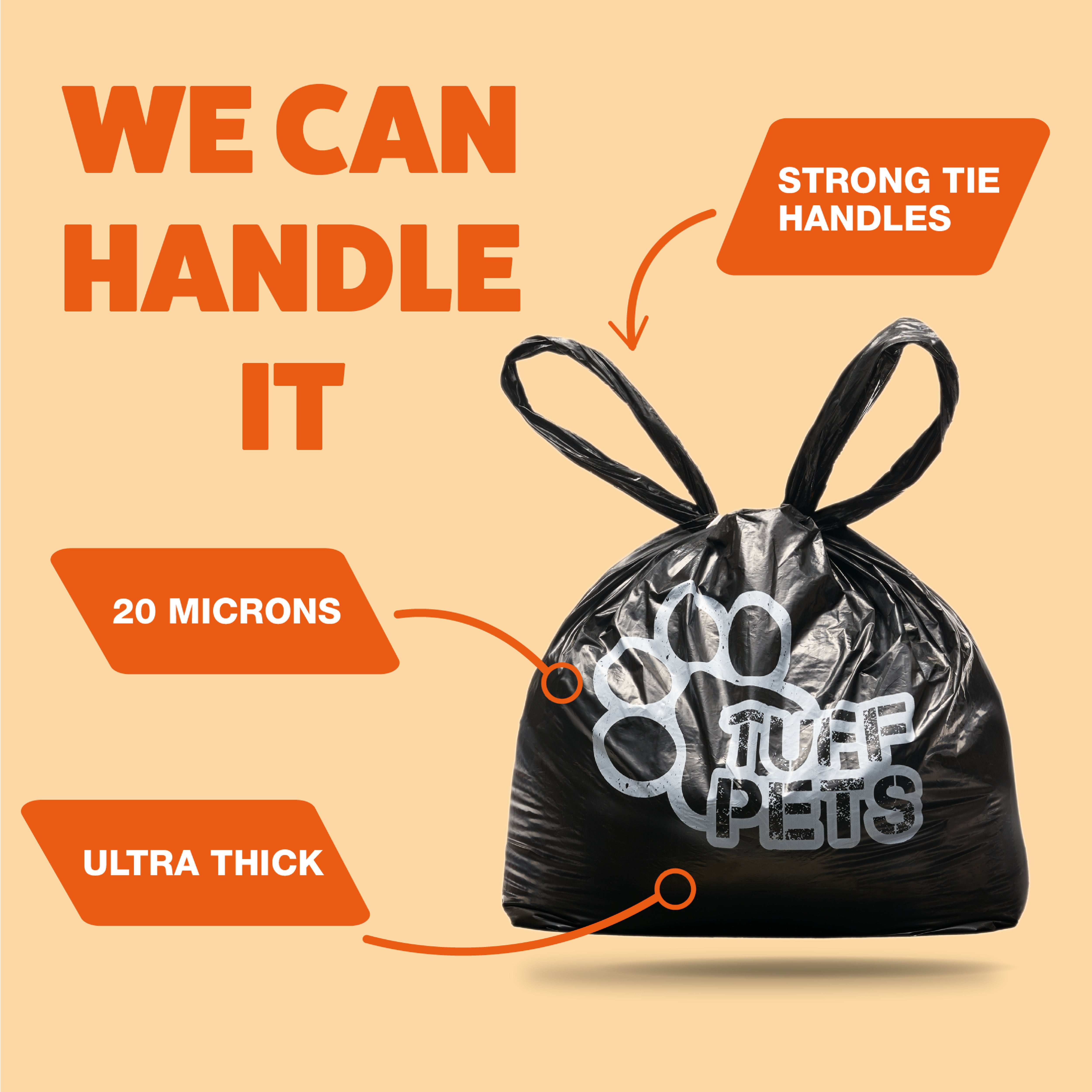


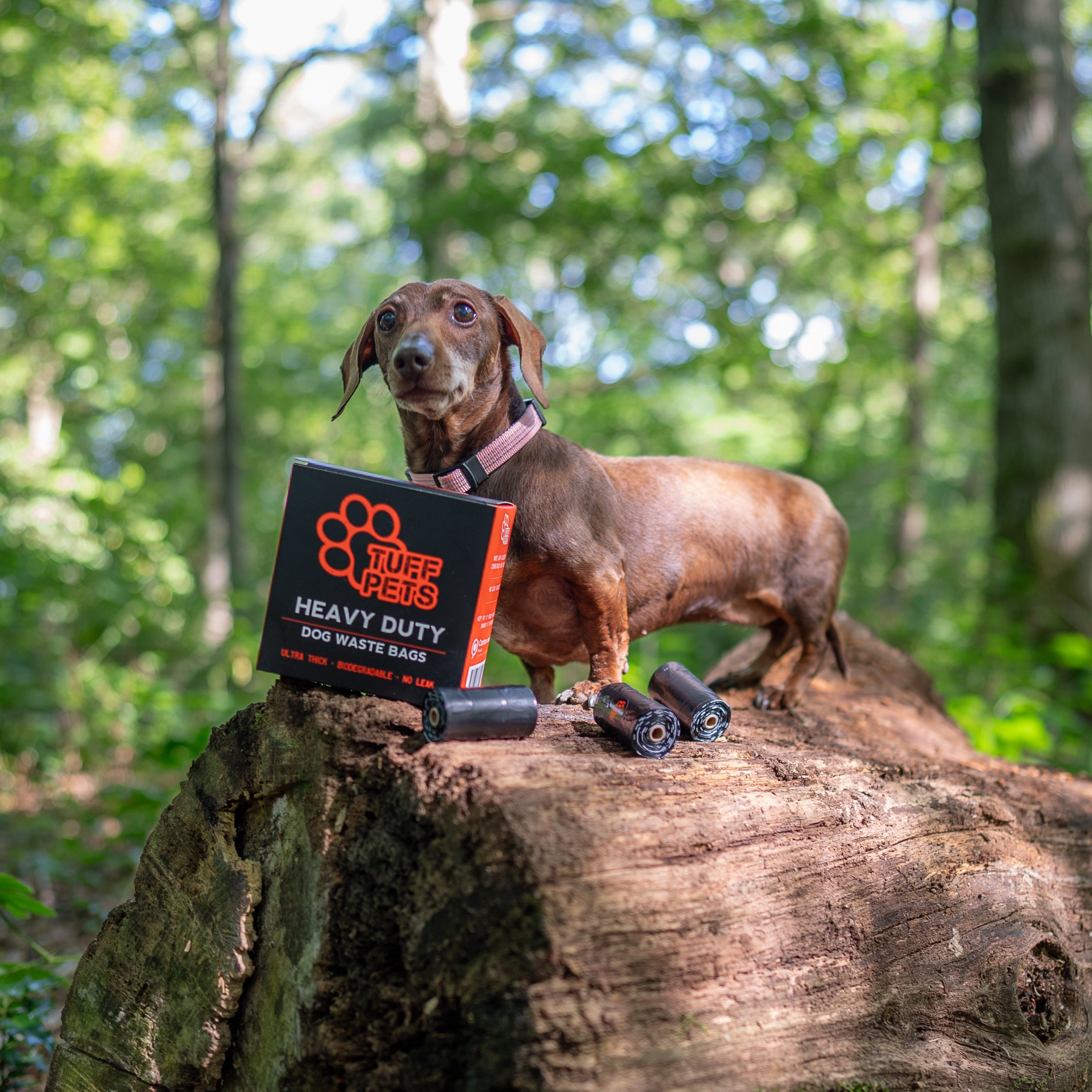

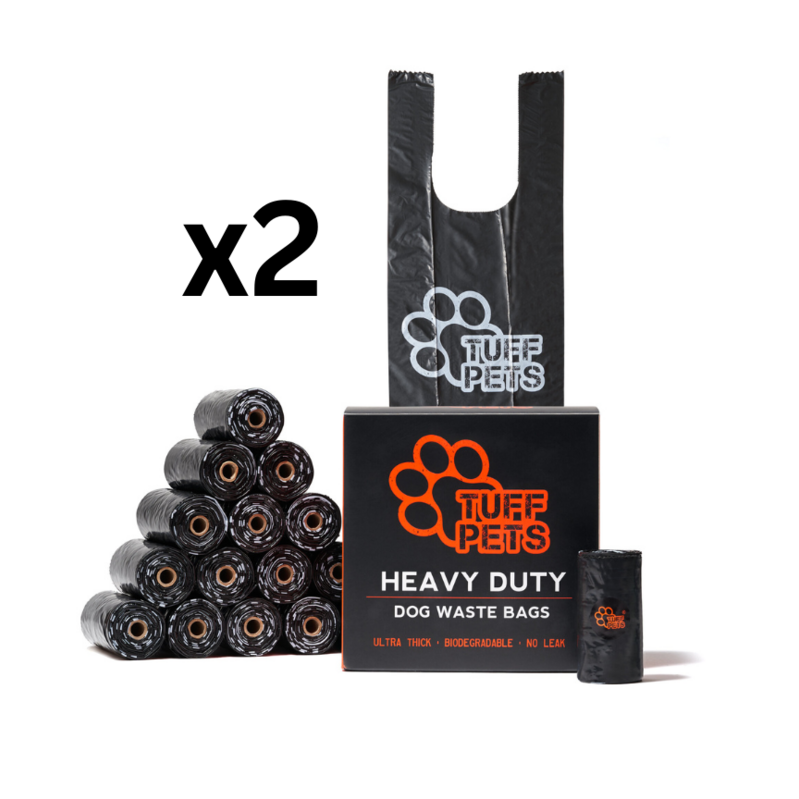
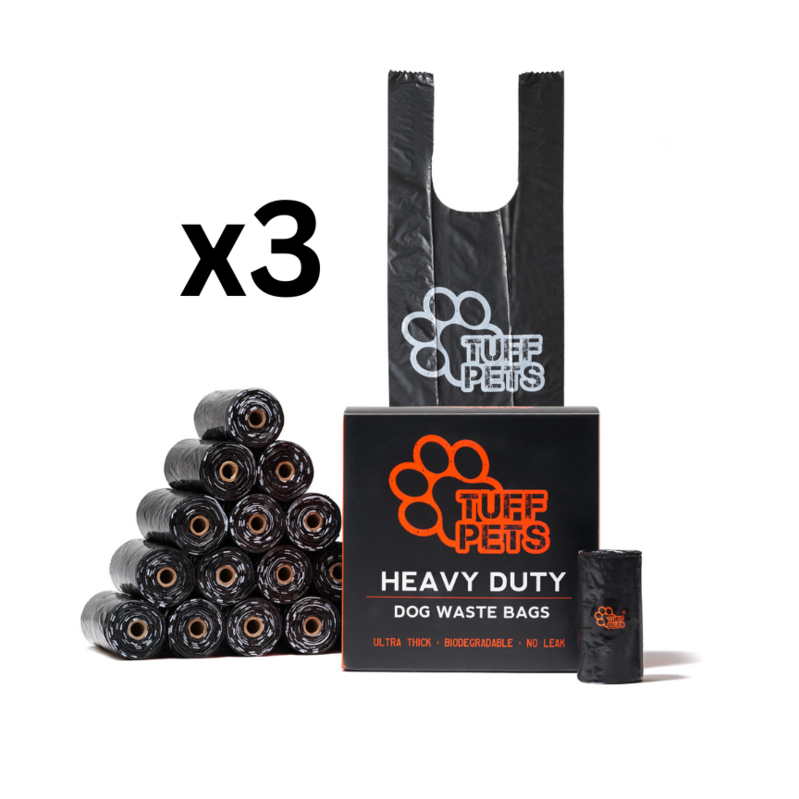
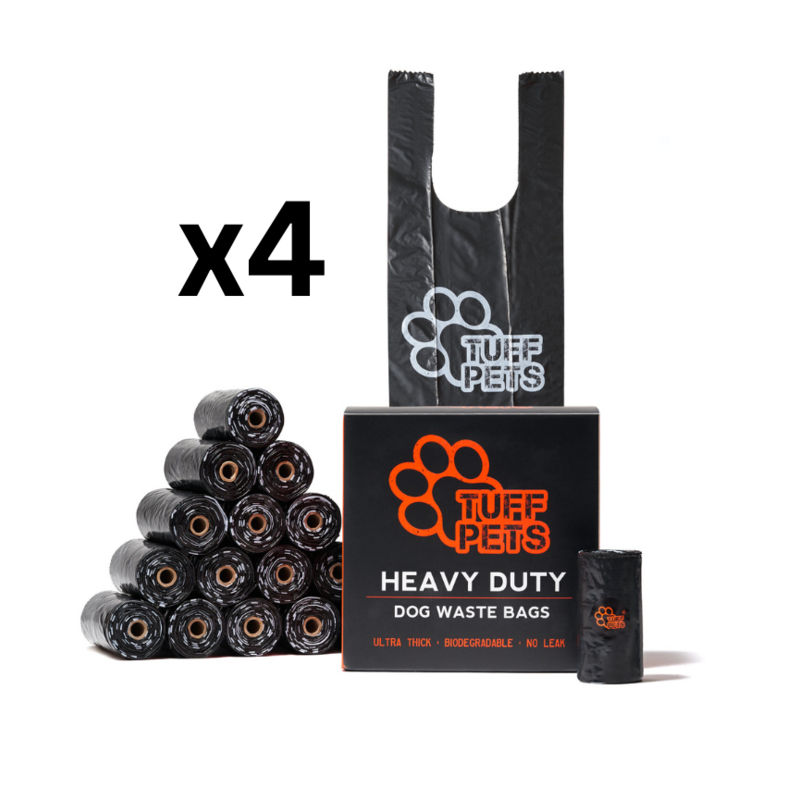
Share:
Why Do Dogs Love To Have Their Belly Rubbed So Much?
How Much Sleep Do Puppies Need?